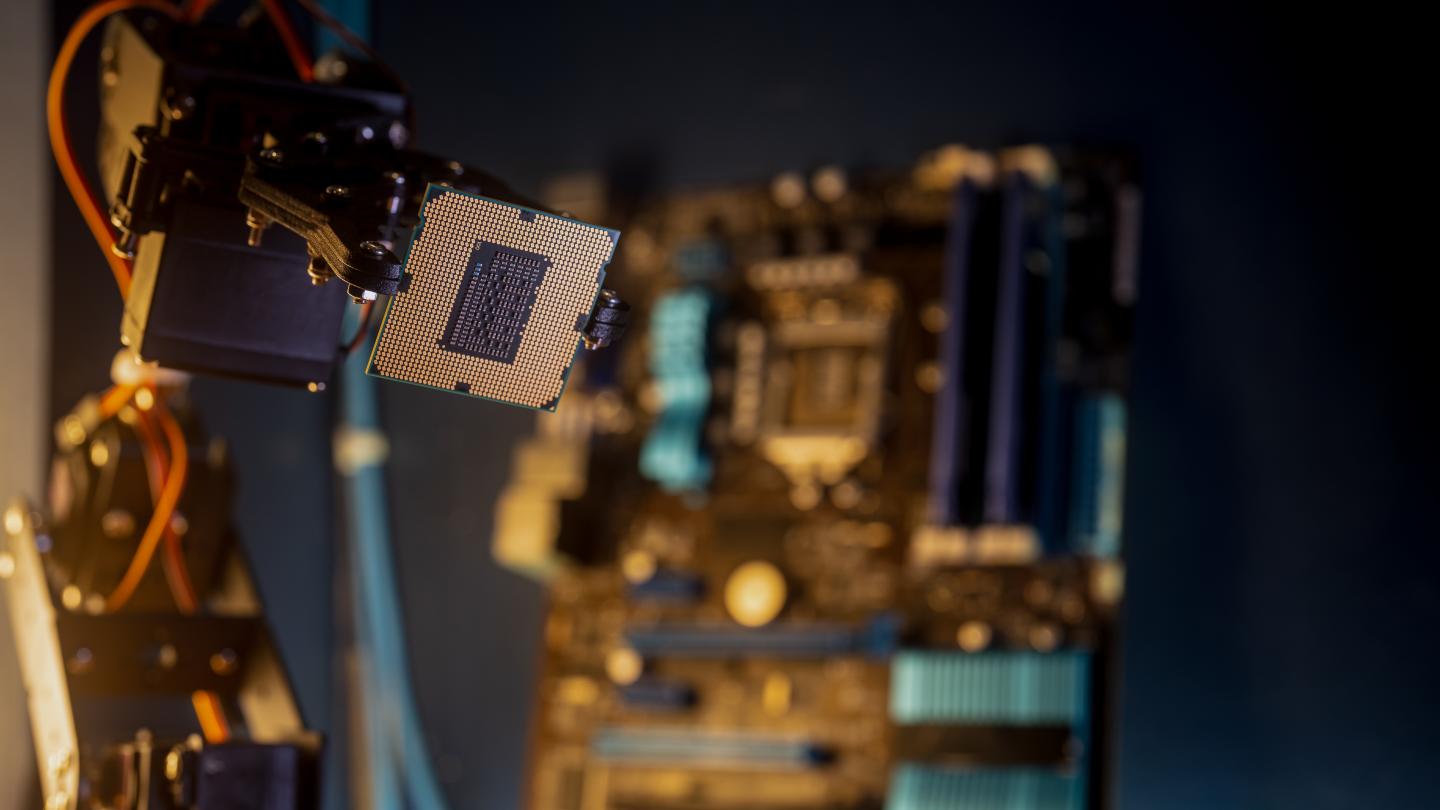
L’intelligence artificielle (IA) conquiert rapidement le monde de la finance, y compris dans le domaine de la recherche en investissement. Alors que de nombreuses analyses de routine peuvent déjà être automatisées, Schroders considère que l’IA vient compléter l’expertise humaine, et non la remplacer.
The capacity of artificial intelligence (AI) tools to process data and analyse natural language at unprecedented speed offers a significant potential boost to asset managers. As AI becomes broadly adopted by the industry, the key to success will be harnessing its capabilities not only to improve traditional investment practices, but to differentiate our approach.
Increasingly, the use of AI is something that clients expect. Our Global Investor Insight Survey 2024 found that 63% of respondents have a positive view on the use of AI for investment research and portfolio construction.
Here, we look at the adoption of AI within our public markets business and how its use improves our investors’ productivity. Ultimately, we believe this should translate to higher risk-adjusted returns vs. peers for our clients.
AI assistance complements human expertise
It is undeniably true that a vast amount of the investment research written today can already be done by AI. However, we view AI not as a replacement for human insight, but as a complementary tool.
The true differentiator lies in our investors’ and analysts' ability to ask the right questions, filter out the noise, and connect dots that machines alone cannot. There is, after all, a danger that AI can serve to increase the amount of information available; the ability to cut through to what is material for investment remains a crucial part of the human skillset.
This is why the culture of an investment team is at least as important as the tools we use. A team that already embraces innovation and has a growth mindset will be better equipped to capture the potential offered by AI tools.
Different AI tools augment different parts of the investment process
Augmenting parts of the investment process with the right AI tools requires deep collaboration between technologists and investors. We are undertaking internal tool development as well as partnering with tech companies. The blending of proprietary and external tools enables us to build an ecosystem that best serves our investors, with the aim of benefiting our clients.
Investors and analysts dedicate significant time extracting information from key documents such as financial statements, company filings, sell-side research, conference calls, and news, as well as conducting interviews with management teams and sector/regional experts to gain specialised insights. This has traditionally been a time-intensive process with few shortcuts, until now.
In the public markets division, we are leveraging ChatGPT Enterprise to generate initial assessments of companies, countries, and sectors. ChatGPT Enterprise can digest all publicly available information, including news, and generate an initial assessment answering a pre-set series of questions. We have been experimenting with Deep Research, ChatGPT’s powerful agent for in-depth research, with very promising results.
We have also been early testers of Bloomberg’s AI powered beta Document Search and Analysis (DSX) tool, helping analysts answer increasingly more complex questions.
Taking the process one step further is our proprietary effort to query curated information (company filings, internal research, etc.), making the quality of the output higher. We are also making progress on having multiple agents working together, where a problem can be solved by querying the financial statements, followed by a deeper explanation coming from filings or management discussion.
An important development is the creation of a Model Context Protocol (MCP), the equivalent of a USB port but for AI applications. It provides a standard way to connect AI tools with data sources, and with other applications they can then interact with, making the potential for all AI tools like Chat GPT much more powerful.
ChatGPT Enterprise, Bloomberg DSX, and our internal initiatives help produce high quality initial assessments of companies, as well as being able to answer detailed investor questions. We can now also track the drivers of our individual investments in a more robust way.
Another proprietary tool is Contex AI, which we use to generate in-depth sustainability reports, looking at ESG (Environment, Social, Governance) factors.
What are the benefits of using AI for investment research?
These tools are helping our analysts push the boundaries of what’s possible. Context AI and Chat GPT provide them with AI-assisted research that enhances their ability to analyse markets with greater speed and depth. We can separate the benefits into three distinct categories:
- Firstly, it makes the initial assessment of companies or industries more efficient and effective. AI accelerates the understanding of businesses, their drivers, and their risks. It democratises knowledge, allowing analysts to gain understanding rapidly of new companies or new industries. Typically, it could take an analyst about two weeks to analyse a new company and come up with a confident recommendation. Using our AI tools could cut that time in half.
- Secondly, this time saving enables our team to analyse more investment ideas, increasing the funnel of potential investments. They can also spend more of their time focused on more complex and nuanced analysis, rather than the laborious information gathering process.
- Thirdly, for existing investments, AI allows us to monitor developments more efficiently so we can quickly understand if our investment thesis is playing out as expected.
We believe that this combination of saving time on initial assessments, more ideas being investigated, and efficient monitoring of holdings should ultimately result in improved risk-adjusted returns vs. peers for our clients.
How does this work in practice?
Let’s take an example of a company where returns have plummeted. From an investor perspective, we want to know why that has happened, and whether the returns will recover.
The analyst needs to find the answers to a lot of questions. For example, is this a cyclical downturn; has the industry been disrupted; is there a new competitor; has there been a problem with execution, etc. Previously, it would take days or even weeks to sift through all the available information. Now, we can answer those questions much more efficiently. And the answers enable us to quickly decide whether to spend more time analysing this company, or to move on.
How will the use of AI develop in the public markets division?
ChatGPT Enterprise and Context AI has been rolled out to close to 300 investors and analysts across the equities and credit desks, while our Bloomberg DSX trial is now being rolled out across the equities and credit departments. In 2024 we enabled our people with the provision of these tools; 2025 will be the year when they become truly embedded and used rutinely.
What this means is that our analysts will already be on the front foot when starting to analyse a new investment idea. Looking at information that has been pre-curated by AI means they start off from a higher knowledge base.
As the AI capabilities develop, we see AI being able to provide answers to more complex questions. In the example above, it could not only help us discover why a company’s returns have fallen, but also what might result in the returns improving once more and regularly monitor if the drivers behind a profitability improvement are playing out. The analyst role can then be about distinguishing what is most material from what is simply noise.







